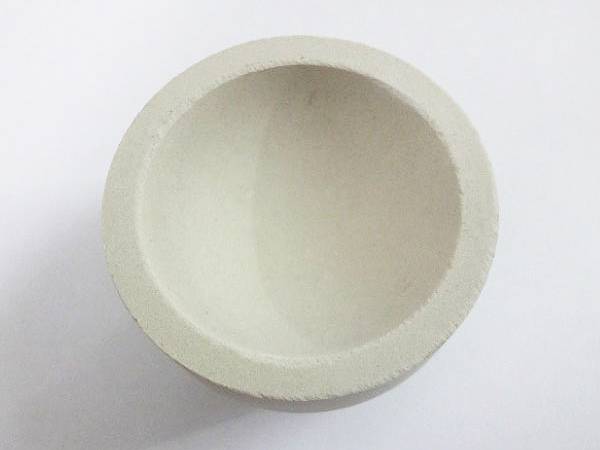



ro water plant chemicals
Understanding Chemicals in Reverse Osmosis (RO) Water Plants
Reverse osmosis (RO) water treatment is a pivotal technology used to purify water by removing contaminants, including salts, organic molecules, and microorganisms. As this technology gains popularity in both industrial and domestic water purification systems, understanding the chemicals involved in RO water plants is essential for their efficient operation and maintenance.
The RO Process
Reverse osmosis involves forcing water through a semi-permeable membrane under pressure. This membrane allows only water molecules to pass while blocking larger molecules and contaminants. To enhance the efficiency and longevity of the RO membranes, various chemicals are employed at different stages of the treatment process.
Pre-treatment Chemicals
Before water reaches the RO membranes, it often undergoes a pre-treatment phase, where chemicals are crucial for protecting the RO system from fouling and scaling
. The most common pre-treatment chemicals include1. Coagulants These are used to aggregate suspended particles in the water, making it easier to remove them during filtration. Common coagulants include alum and ferric chloride.
2. Antiscalants These chemicals prevent scale formation on the RO membrane surface. Calcium carbonate, calcium sulfate, and barium sulfate are common scale-forming minerals that can lead to reduced efficiency and even damage to the membranes. Antiscalants work by either chelating the metal ions responsible for scaling or modifying their crystallization process.
3. pH Adjusters Maintaining the optimal pH of the feed water is vital for maximizing RO membrane performance. Chemicals like sulfuric acid or sodium hydroxide may be added to adjust the pH levels, ensuring they fall within the recommended range to minimize scaling and fouling.
ro water plant chemicals

Biocides and Antimicrobials
In many RO systems, especially those treating water with potential biological contaminants, biocides and antimicrobials are essential. These chemicals help control microbial growth in the pre-treatment and RO stages, preventing biofouling. Chlorine, sodium hypochlorite, and quaternary ammonium compounds are frequently used biocides. However, care must be taken, as certain biocides can damage RO membranes if not used properly.
Post-Treatment Chemicals
After water passes through the RO membranes, post-treatment chemicals may be added to improve the quality of the treated water. This often includes
1. Mineral Additives To enhance taste and restore essential minerals (like calcium and magnesium) lost during the RO process, mineral additives are introduced. This step is crucial for ensuring that the purified water is not only safe to drink but also palatable.
2. Disinfectants In certain applications, additional disinfectants may be added to ensure that any potential microorganisms are eliminated post-treatment. Chlorine or UV treatment can be effective for this purpose.
Conclusion
The effective operation of reverse osmosis water plants relies on a comprehensive understanding and application of various chemicals. From pre-treatment to post-treatment processes, each chemical plays a significant role in ensuring that the water produced is clean, safe, and tasteful. As water scarcity and quality issues continue to rise, advancing knowledge about RO chemicals will be essential for optimizing water treatment technologies and ensuring sustainable water resources for future generations. Understanding these intricacies will help operators manage their systems effectively, contributing to the overall success of modern water purification efforts.
-
Why Sodium Persulfate Is Everywhere NowNewsJul.07,2025
-
Why Polyacrylamide Is in High DemandNewsJul.07,2025
-
Understanding Paint Chemicals and Their ApplicationsNewsJul.07,2025
-
Smart Use Of Mining ChemicalsNewsJul.07,2025
-
Practical Uses of Potassium MonopersulfateNewsJul.07,2025
-
Agrochemicals In Real FarmingNewsJul.07,2025
-
Sodium Chlorite Hot UsesNewsJul.01,2025










